Leading market players are investing heavily in research and development in order to expand their product lines, which will help the insect snacks market grow even more. Market participants are also undertaking a variety of strategic activities to expand their footprint, with important market developments including new product launches, contractual agreements, mergers and acquisitions, higher investments, and collaboration with other organizations. To expand and survive in a more competitive and rising market climate, the insect snacks industry must offer cost-effective items.
Manufacturing locally to minimize operational costs is one of the key business tactics manufacturers use in the insect snacks industry to benefit clients and increase the market sector. The insect snacks industry has offered some of the most significant advantages in recent years. Major players in the insect snacks market, including Eat Grub (UK), Jimini’s (France), Thailand Unique (Thailand), Entomo Farms (Canada), Chapul Cricket Protein (US), Edible Inc. (Korea), Cricket Flours (US), EXO (US), Six Foods (US), and others, are attempting to increase market demand by investing in research and development operations.
Eat Grub (UK), Aspire Food Group, a Canadian business renowned for its cutting-edge insect agriculture and food technology, and Lotte confectionery, a major South Korean snack and ice cream producer, have signed a memorandum of understanding (MOU) to cooperate in the fields of protein alternatives and edible insects.
With a USD 250 million investment backed by ADM and Cargill, the French company InnovaFeed has expanded the market for edible insects by doubling the size of the production facility for black farm soldier flies in Decatur, Illinois. 18 edible insect businesses have accepted services worth EUR 460,000 (USD 496,600) from the ValuSect group of European insect producers. As the selected businesses develop innovative ideas, knowledgeable partners will offer guidance. This will boost insect production and consumer acceptance in North-West Europe.
Six Foods (US), The tortilla chips (Chirps) that are well-known to Americans are made from crickets that have been ground into flour. Insect foods, from snacks to meat, should become more commonplace. The intention is to replace animal protein with insect protein and switch from raising livestock to raising insects. The use of land, water, and greenhouse gases will all be decreased as a result. Join forces with scholar and youth conferences both domestically and abroad. In our multi-stage Social Venture Challenge, enlist undergraduate students to submit proposals for social ventures.
Award Resolution Fellowships to inspiring young leaders with the most promising social venture ideas. Support our Fellows by providing seed money, practical guidance, free resources, and a network of peers who share their interests. Give them access to opportunities through your partner organizations to expand their businesses, careers, and impact.


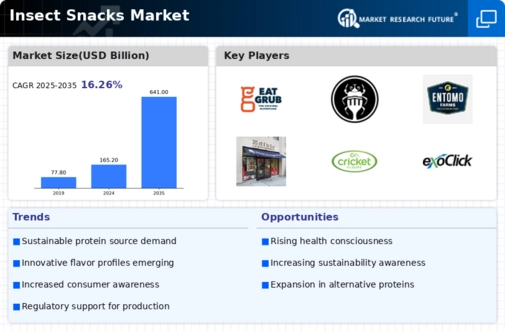
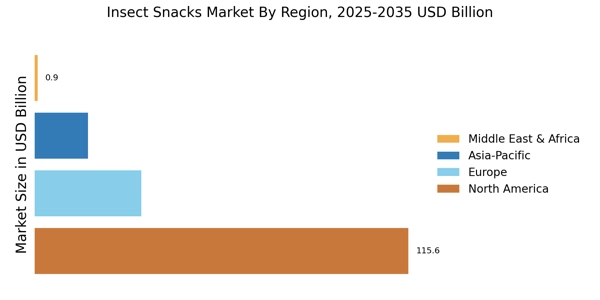
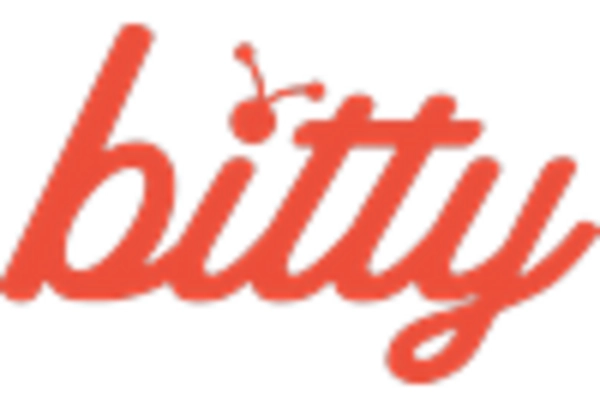
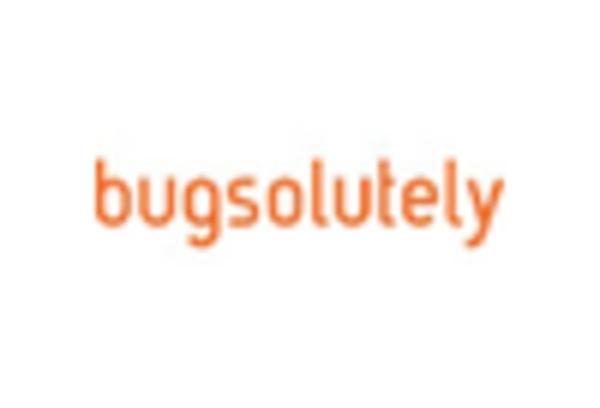
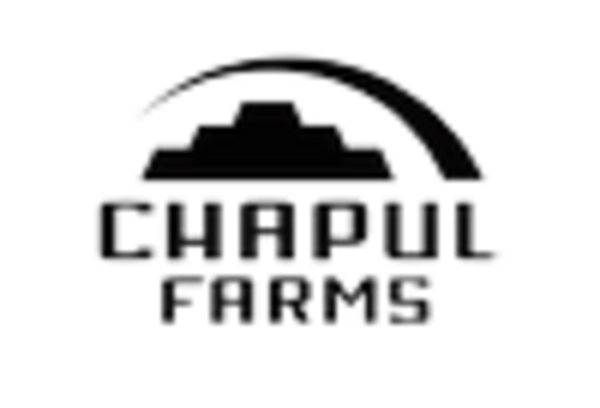
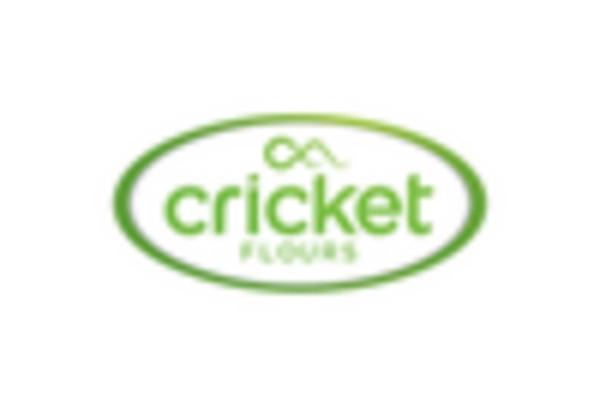
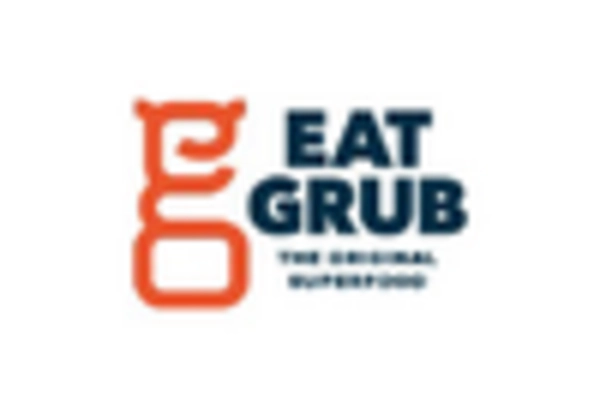









Leave a Comment